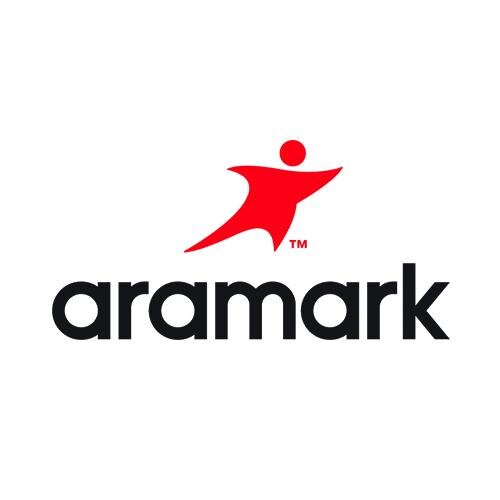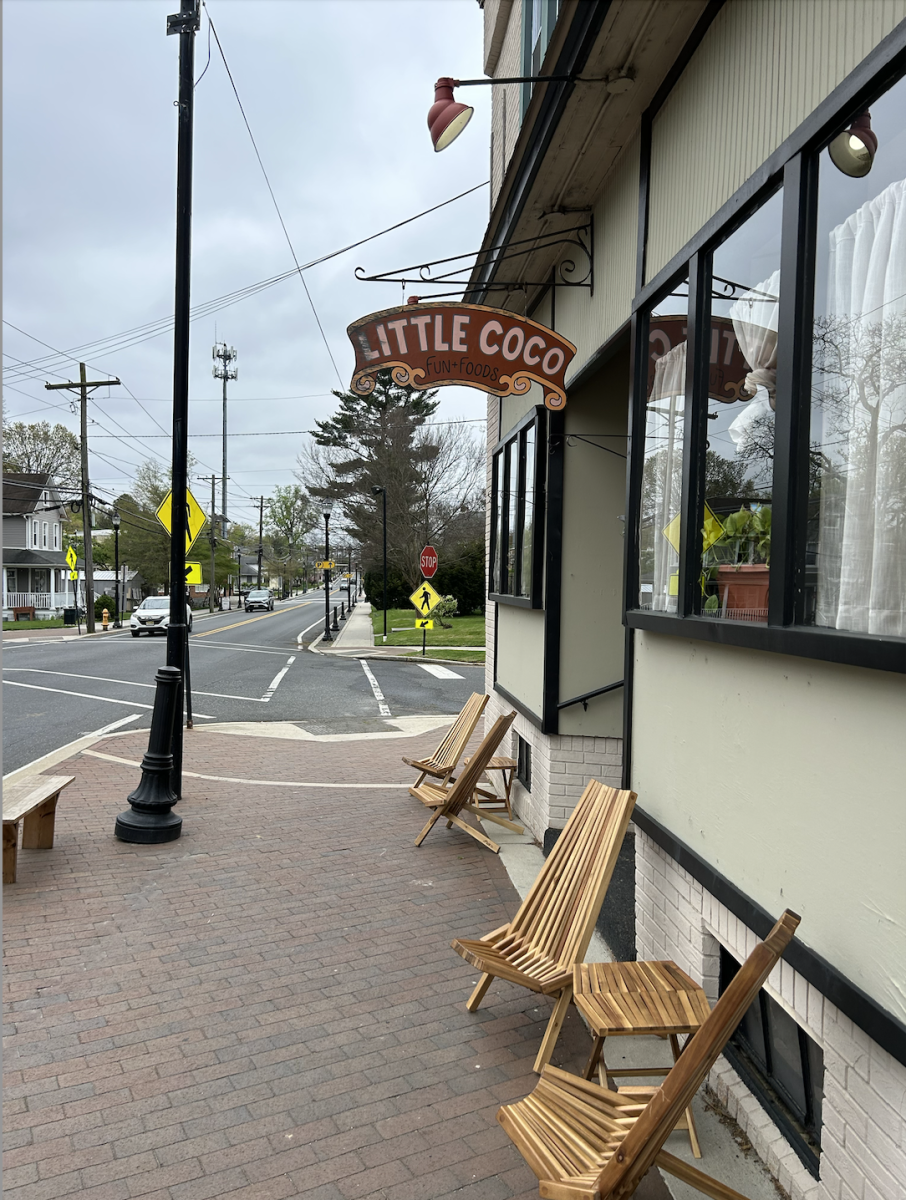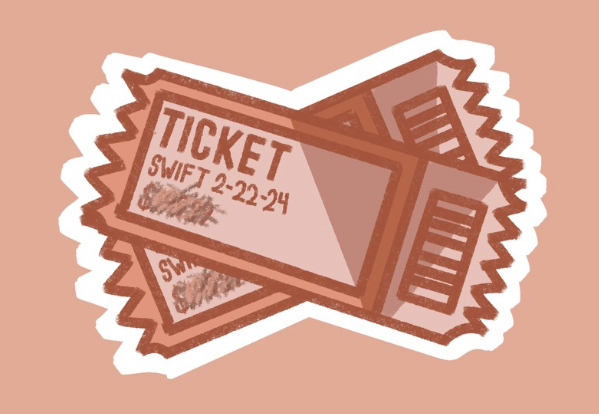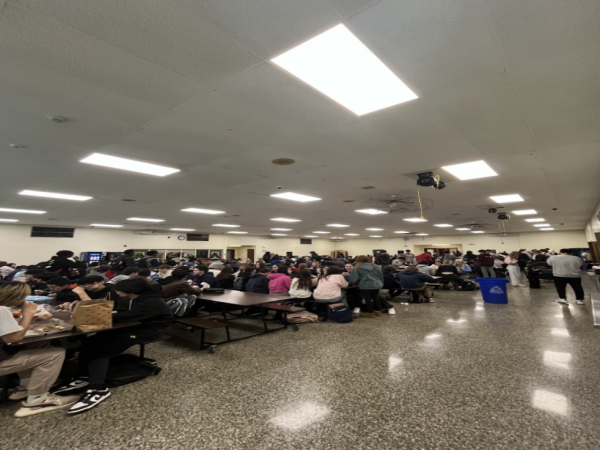Healthier foods are offered at East in order to decrease childhood obesity

Aramark has a contract with Cherry Hill East to provide food for the students.
December 2, 2015
According to the Centers for Disease Control and Prevention, childhood obesity has more than doubled in children and quadrupled in adolescents in the past thirty years. As the obesity rate of the American youth continues to increase, schools have taken it upon themselves to help students eat healthier. However, food that is both nutritious and tasty is often hard to find.
Over the course of the past decade, Aramark, which is Cherry Hill Public Schools’ food distributor, has attempted to make foods higher in nutritional value. Unfortunately, using more natural ingredients in foods means that cafeterias aren’t using the high-fat ingredients that students have come to love. While it is important to feed students healthy lunches, to what extent should cafeteria staff members load their foods with whole-grain ingredients that detract from any sweet taste?
“The cafeteria food is okay,” said Michael Bradis (‘16), “other than the fact that it doesn’t have much flavor.”
Using whole-grain ingredients rather than using regular bread ingredients results in food that simply doesn’t taste good. The cookies, for example, are a food that used to be a cafeteria favorite. You’d look up from your lunch to see that twenty to thirty students were lined up by the snack line waiting to purchase some of the cafeteria’s warm, soft chocolate-chip cookies.
However, Aramark has recently begun making their cookies with ingredients that contain less fat than those used before. These new, healthier ingredients are less appealing to the students of East. Consequently, students have not been happy.
Inevitably, using healthier ingredients in food products has forced Aramark to raise their prices for some foods. Doing so has discouraged some students from buying their products. With a higher price and less of that sweet, homemade taste, those beloved cookies aren’t selling like they used to.
“The cookies are getting quite expensive;” said Bianca Christophe (‘16), “next thing you know, one cookie is going to cost you a dollar.” According to the Aramark staff who manage the snack stands, the cost of one cookie rises by five cents every year.
While it’s true that Aramark has put effort into serving well-balanced meals, some students feel that these foods aren’t high-quality items. Aramark should be concerned with making foods that aren’t high in fat content. but it should also prioritize making their foods appealing to the students. Cafeterias’ main responsibility is to feed students, not necessarily to feed them foods that are as nutritional as they can be.
And, of course, serving nutritionally balanced meals doesn’t mean that students will actually purchase and eat healthy items. “As far as the kids [buying the food], that’s a different story,” said Cherry Hill East Aramark worker Michael Beauford. Just because healthier foods are being sold doesn’t mean that students will purchase the foods, especially if they’re unappealing. After all, the ultimate choice of what to eat is up to the students themselves.













